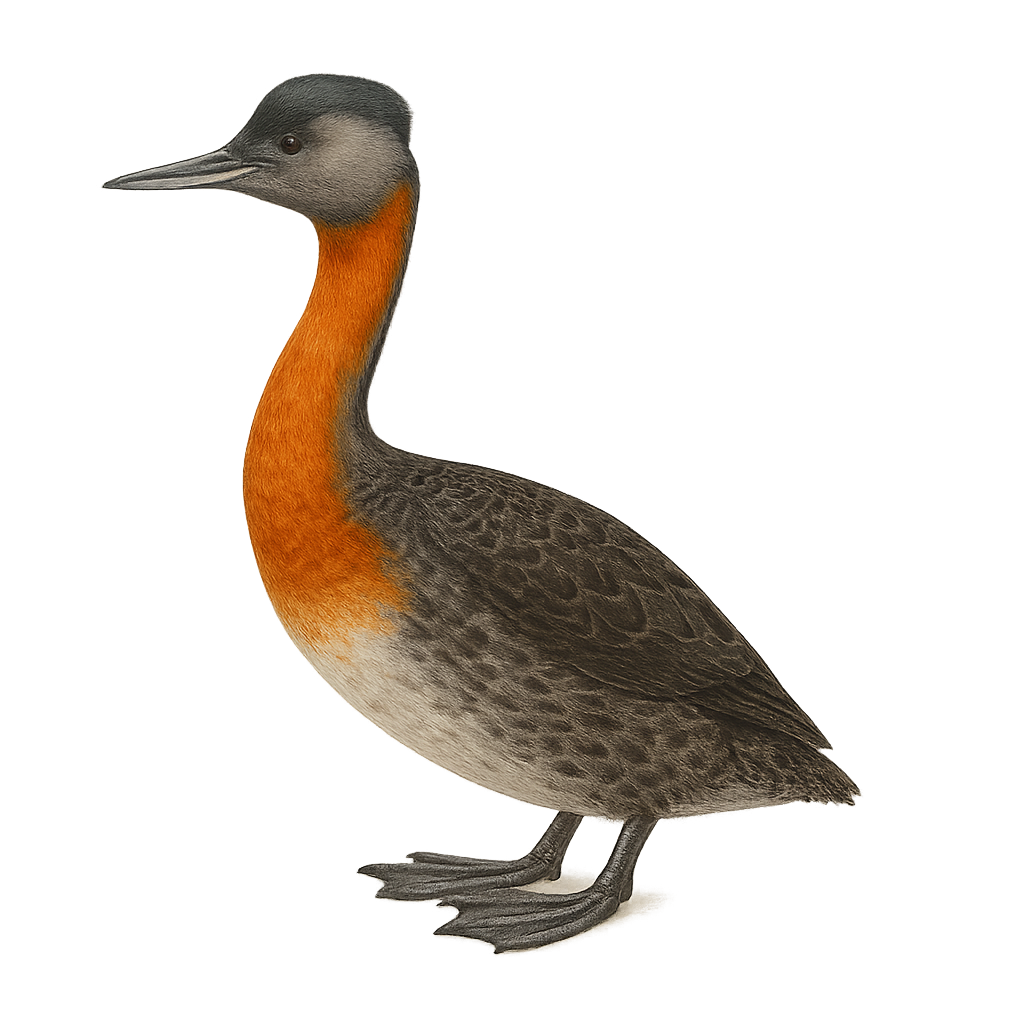Your wildlife photography guide.
Explore the great grebe in detail, study its behavior, prepare your shots.
Where to observe and photograph the great grebe in the wild
Learn where and when to spot the great grebe in the wild, how to identify the species based on distinctive features, and what natural environments it inhabits. The WildlifePhotographer app offers tailored photography tips that reflect the great grebe’s behavior, helping you capture better wildlife images. Explore the full species profile for key information including description, habitat, active periods, and approach techniques.
Great Grebe
Scientific name: Podiceps major

IUCN Status: Least concern
Family: PODICIPEDIDAE
Group: Birds
Sensitivity to human approach: Suspicious
Minimum approach distance: 10 m
Courtship display: September to December
Incubation: 24-27 jours
Hatchings: October to January
Habitat:
Lakes, rivers, estuaries, lagoons
Activity period :
Primarily active during the day, with peak activity in the morning and late afternoon.
Identification and description:
The Great Grebe, or Podiceps major, is a large aquatic bird primarily found in South America. It is characterized by its reddish-brown neck and chest, contrasting with a darker back. Its long, pointed bill is perfect for catching fish, its main food source. This bird prefers large freshwater bodies but can also be found in estuaries and coastal lagoons. It is an excellent diver, capable of staying underwater for several minutes to hunt. During the breeding season, the Great Grebe builds a floating nest from aquatic vegetation. Although its conservation status is currently "least concern," habitat degradation could pose long-term threats.
Recommended lens:
400mm – adjust based on distance, desired framing (portrait or habitat), and approach conditions.
Photography tips:
To photograph the Great Grebe, it is advisable to use a telephoto lens of at least 400mm to capture details without disturbing the bird. Opt for early morning or late afternoon hours to benefit from soft light and avoid reflections on the water. Be patient and discreet, maintaining a safe distance of about 10 m to avoid scaring the bird. A tripod can be useful to stabilize your camera and achieve sharp images, especially when shooting from a long distance.
The WildlifePhotographer App is coming soon!
Be the first to explore the best nature spots, track rutting seasons, log your observations, and observe more wildlife.
Already 1 430 wildlife lovers subscribed worldwide

